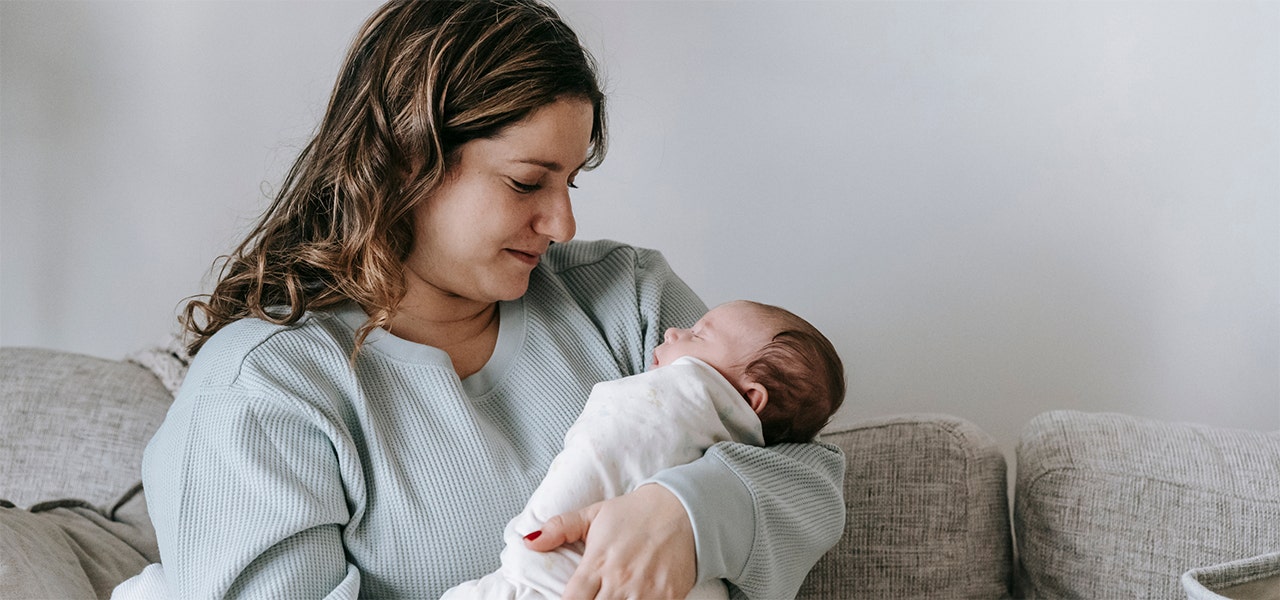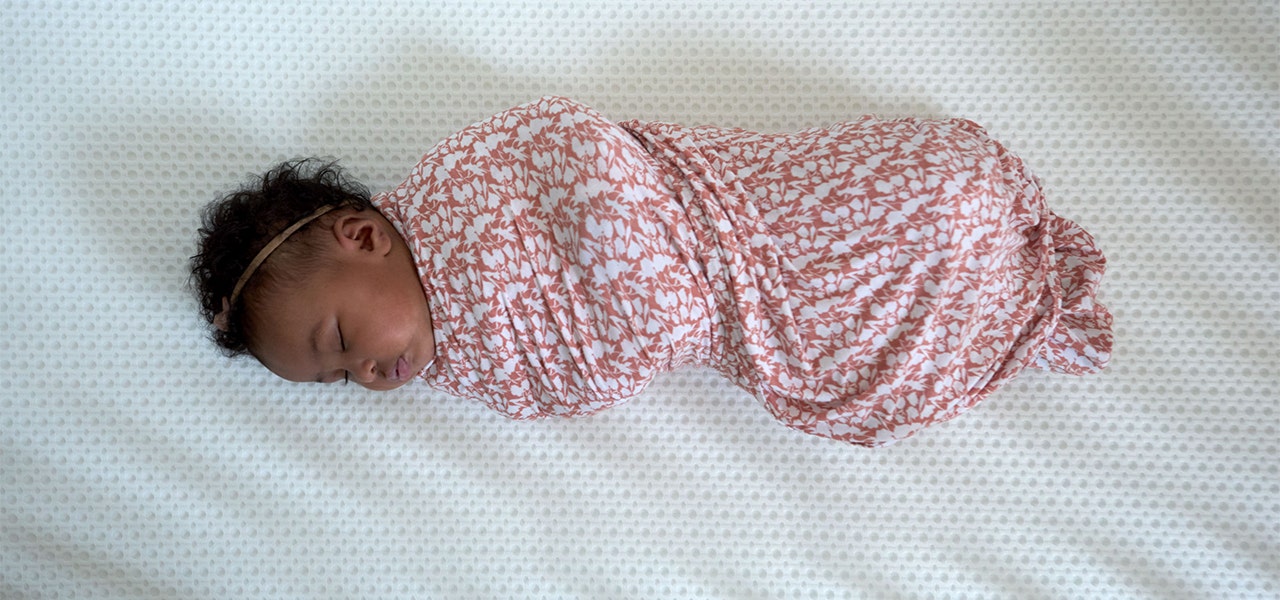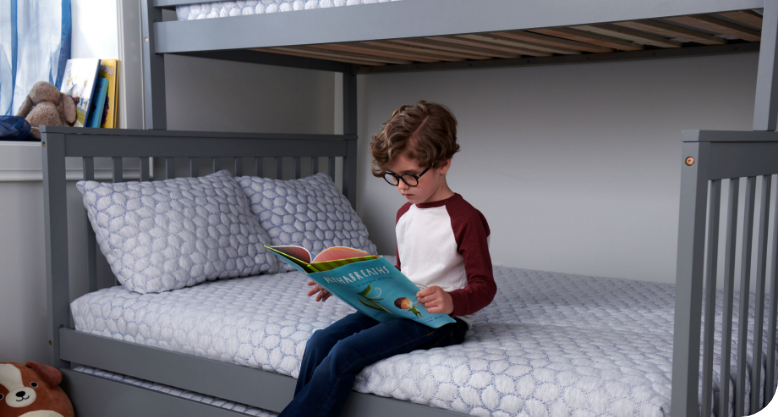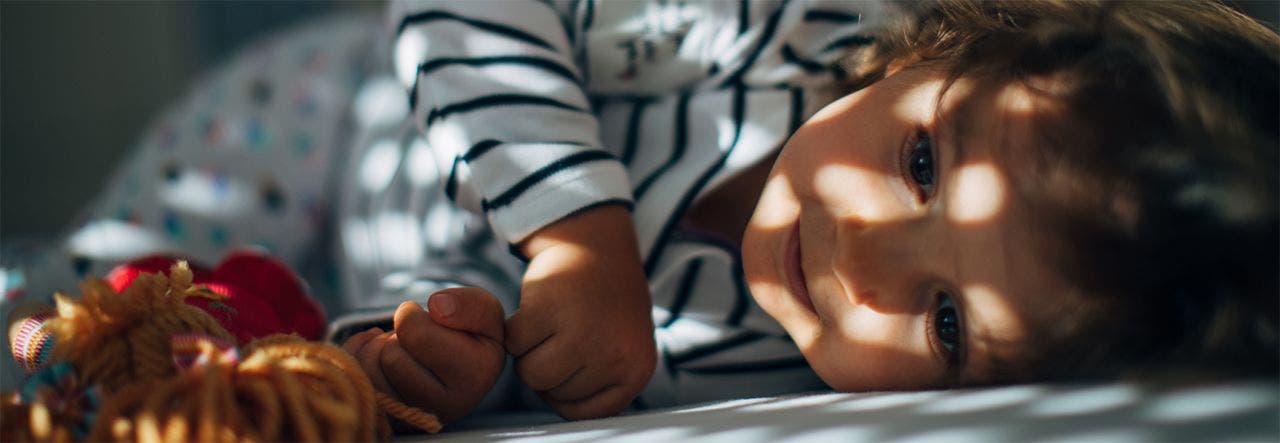Circadian Rhythms & Kids Sleep: Unlocking Their Internal Clock
Getting your little one to fall – and stay – asleep can feel like chasing a moving target. Just when you think you’ve cracked the code, a nap strike or restless night throws everything off. While sleep struggles can be frustrating and often feel random, there's one powerful (and often overlooked) biological factor working behind the scenes: your child’s circadian rhythm.
This internal clock plays a crucial role in regulating when your baby or child feels sleepy, alert, and ready to rest. Understanding how it works and how to properly support it can make a big difference in your family’s sleep routine. So, what exactly is a circadian rhythm, and why does it matter for kids’ sleep? Let’s break it down.
What Are Circadian Rhythms?
Have you ever wondered how people managed to wake up on time before alarm clocks existed? The answer lies in the body’s natural timekeeper: the circadian rhythm.


Circadian rhythms are 24-hour cycles that help regulate our bodies’ natural functions, especially sleep and wake times. Like we mentioned above, you can think of it as your body’s internal clock, gently nudging you to feel sleepy at night and alert during the day. These rhythms are influenced by light exposure, hormones (like melatonin) and daily routines.
In babies and young kids, circadian rhythms are still developing. Newborns don’t have a set rhythm yet, which is why their sleep can seem unpredictable. As they grow, their internal clocks begin to sync with the world around them, making consistent bedtimes, light cues and routines especially important.
How Circadian Rhythms Develop in Babies
Babies aren’t born with a fully functioning circadian rhythm. In the womb, they rely on their mother’s cues – like hormones and daily activity – to help regulate their basic rhythms. They’re not yet responding to light and darkness the way they will after birth, because the womb shields them from environmental light cues.
Once they’re born, however, their bodies must learn to sync with the outside world. During the first few weeks of life, sleep is driven more by hunger and need than by time of day. It’s not until around 6 to 12 weeks that a baby’s circadian rhythm begins to take shape. By about 3 to 6 months, most babies start producing melatonin and cortisol in patterns that reflect the natural light-dark cycle, which means that their bodies are finally beginning to distinguish between night and day.
This transition doesn’t happen overnight (literally). But with consistent exposure to natural daylight, dim lighting in the evening and predictable routines, you can help nurture your baby’s internal clock, which will set the tone for their sleep for the rest of their life. No pressure, of course.


How Circadian Rhythms Develop in Children
As babies grow into toddlers and beyond, their circadian rhythms continue to mature, and so do their sleep patterns. By the toddler years, most children have a fairly established internal clock, making them more responsive to environmental cues like light, mealtimes and daily routines. This is also when parents start to notice more predictable windows of wakefulness, tiredness and sleep.
But development doesn’t stop there. Around age 3 to 5, children often transition out of napping, and by elementary school, their rhythms may shift again to accommodate longer stretches of wakefulness during the day and deeper sleep at night. Supporting healthy rhythms during these years is crucial, not only for sleep, but also for attention span, emotional regulation and overall development.
It’s also worth noting that while younger children tend to be early risers, circadian shifts during adolescence can push bedtimes and wake times later (more on that in the teen years!). For now, sticking to a consistent schedule and supporting their body’s natural rhythm with light, dark and routine can help lay the groundwork for that lifelong sleep health we mentioned earlier. (Wink, wink.)
Key Takeaways: Why Circadian Rhythms Matter For Kids
- Circadian rhythms help kids fall asleep faster, stay asleep longer and wake up feeling rested.
- When their internal clock is in sync, it supports better mood, focus and overall health.
- When it’s off, sleep – and behavior –can suffer.
What Parents Can Do to Support Healthy Circadian Rhythms
You can’t force a circadian rhythm to develop – but you can definitely help guide it. The key is consistency, especially when it comes to light exposure, daily routines and sleep timing. Here's what we mean.


Let the Sunshine In
Light is one of the most powerful cues for setting the body’s internal clock. Exposing your baby or child to natural sunlight during the day (especially in the morning) can help signal to their body that it’s time to be awake and alert. Try taking a morning walk, feeding near a bright window or playing outside when possible. Even on overcast days, outdoor light is stronger and more effective than artificial indoor lighting. Over time, this daily dose of daylight helps anchor your child’s circadian rhythm and promote more consistent sleep patterns.
Keep Things Dim at Night
Just as light signals wakefulness, darkness cues the body to rest. In the evening, dim the lights in your home and avoid bright screens – especially in the hour before bedtime. Blue light from TVs, tablets and phones can interfere with melatonin production, making it harder for your child to wind down. Using warm, soft lighting in the evening creates a calm environment that helps the body shift into sleep mode naturally.
Stick to a Rhythm
Babies and kids thrive on routine. When wake times, naps, meals and bedtime happen around the same time each day, the body learns what to expect and starts preparing for sleep and wakefulness automatically. You don’t have to be rigid, but a general rhythm gives your child’s internal clock the consistency it needs to stay on track. Over time, this predictability can reduce bedtime battles and improve overall sleep quality.
Create a Calming Wind-Down Routine
A soothing bedtime routine can work wonders for reinforcing your child’s natural sleep signals. Whether it’s a warm bath, a favorite bedtime story, quiet music or a few minutes of cuddling, the goal is to create a peaceful transition from playtime to bedtime. These familiar, comforting rituals help signal to your child’s body and brain that it’s time to relax and prepare for sleep, supporting both emotional security and healthy circadian rhythms.
Helping Your Child Sleep in Sync
Every child is different, but their need for reliable rhythms is universal. By tuning into your child’s natural cues and supporting their circadian development with simple, consistent routines, you’re giving them a powerful foundation for better sleep and for better health overall. (Oh, and a healthier mattress doesn't hurt, either.)
Related Articles:
The Benefits of Spending Time Outside With Your Kids
How Daylight Saving Time Affects Baby Sleep

 Baby
Baby

 Kids
Kids

 Learn
Learn

 FIND A STORE
FIND A STORE CONTACT
CONTACT


